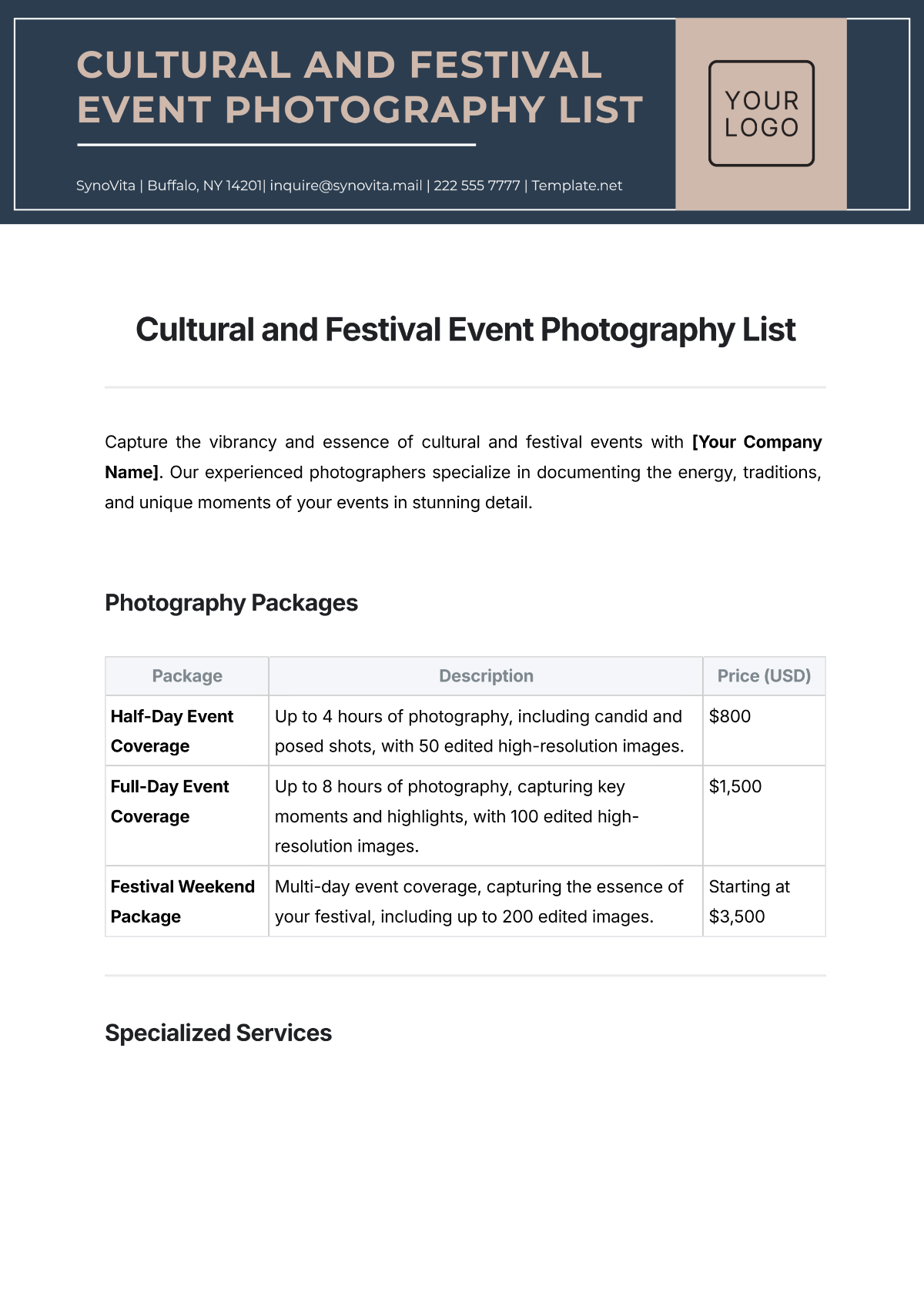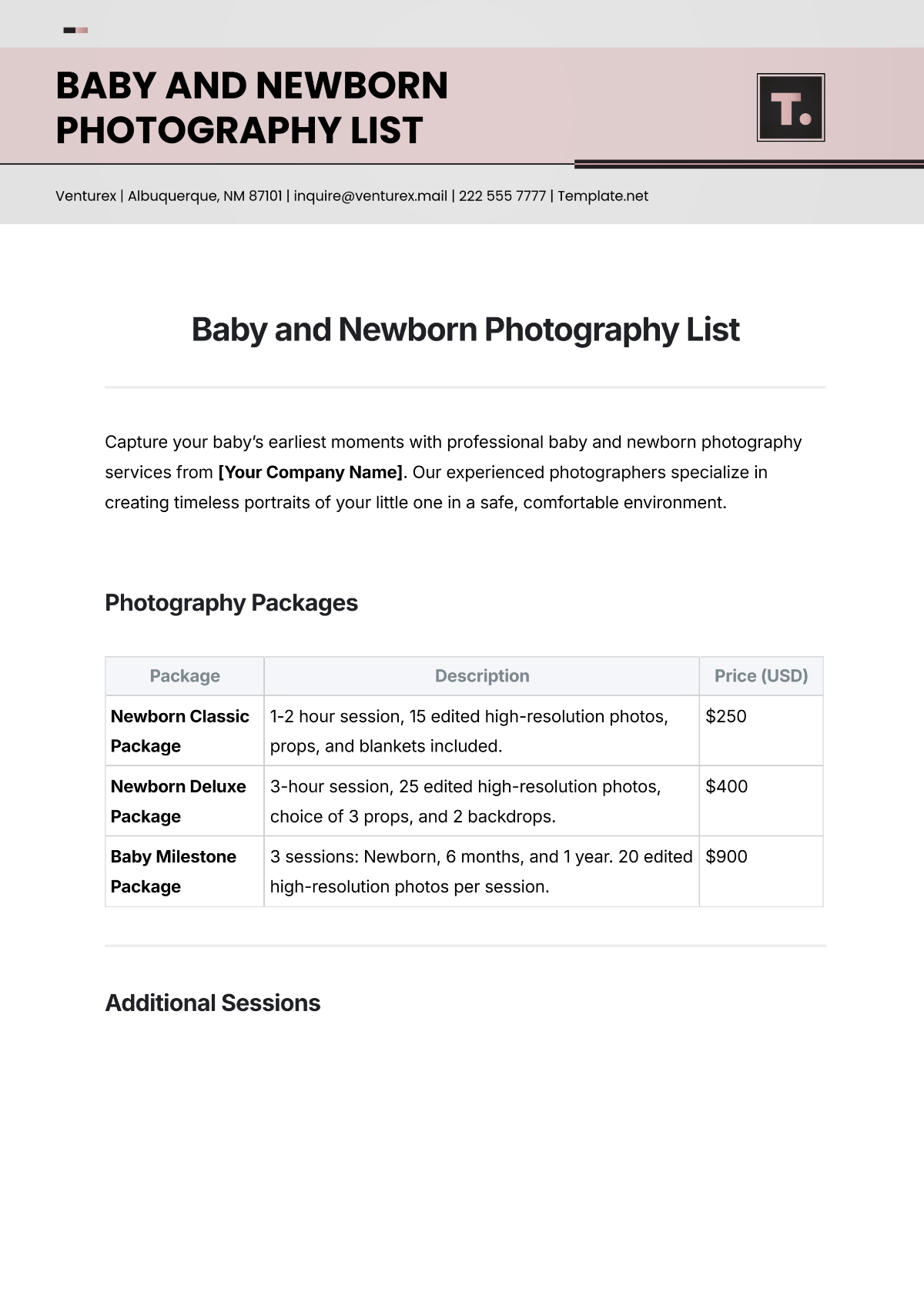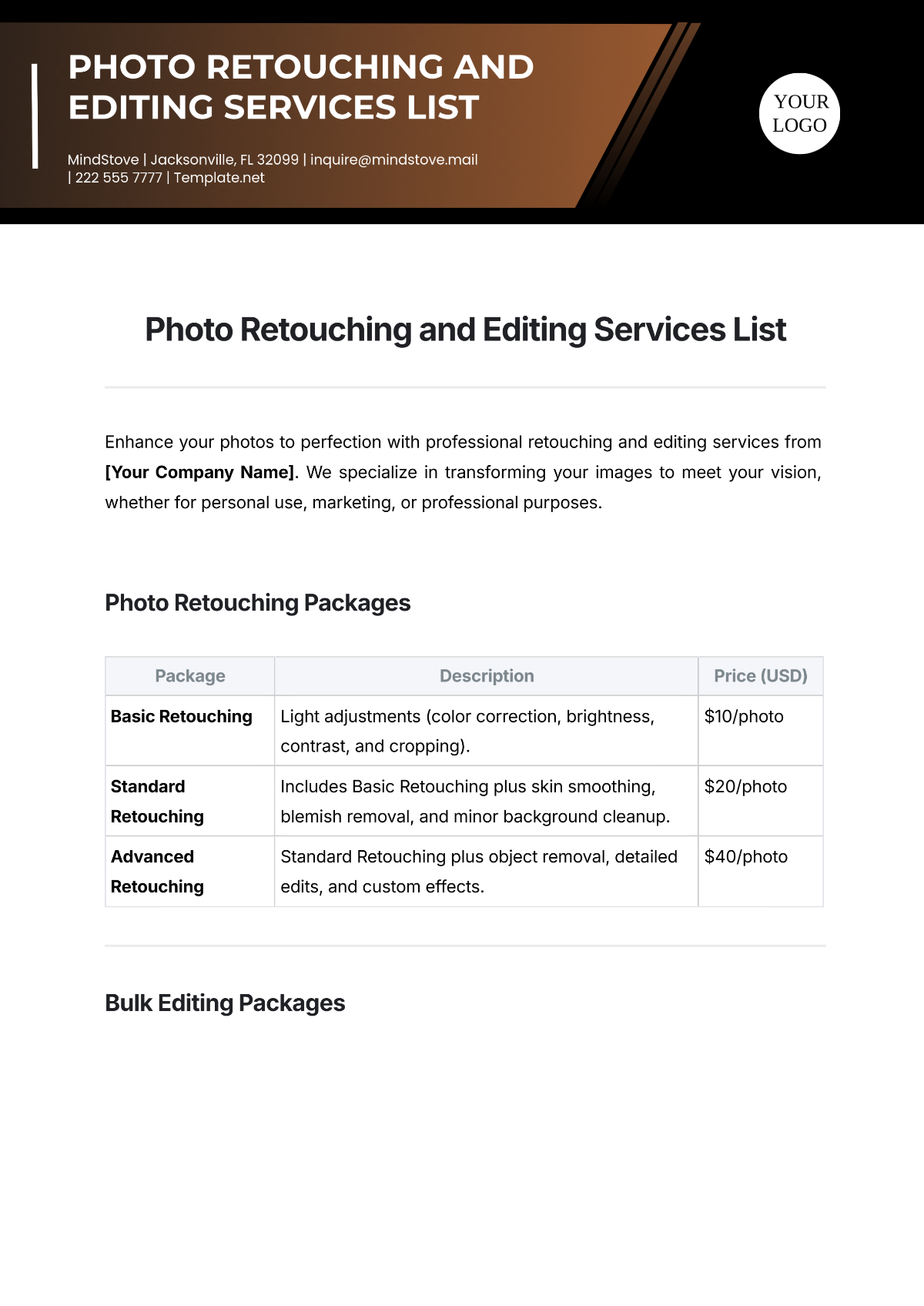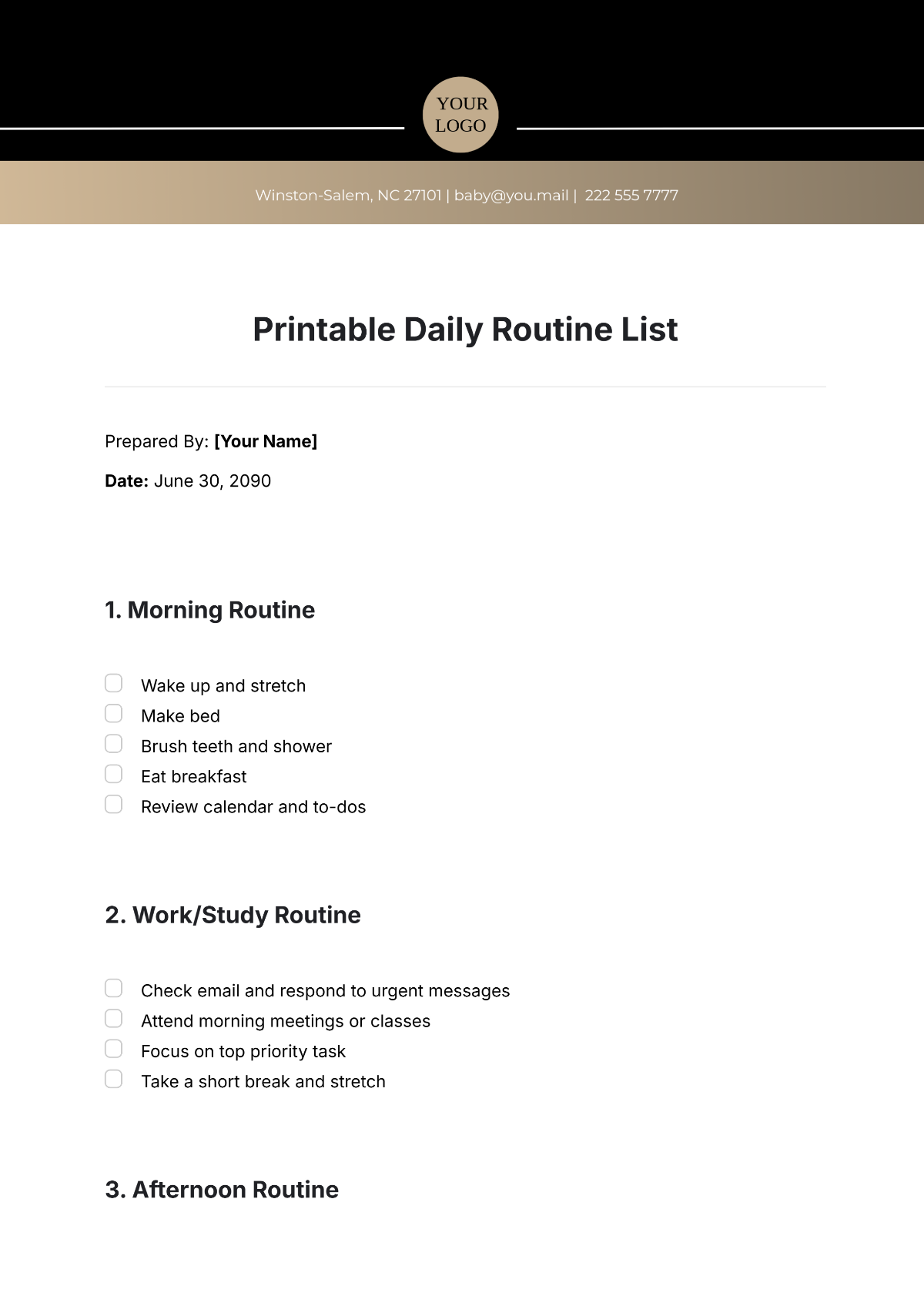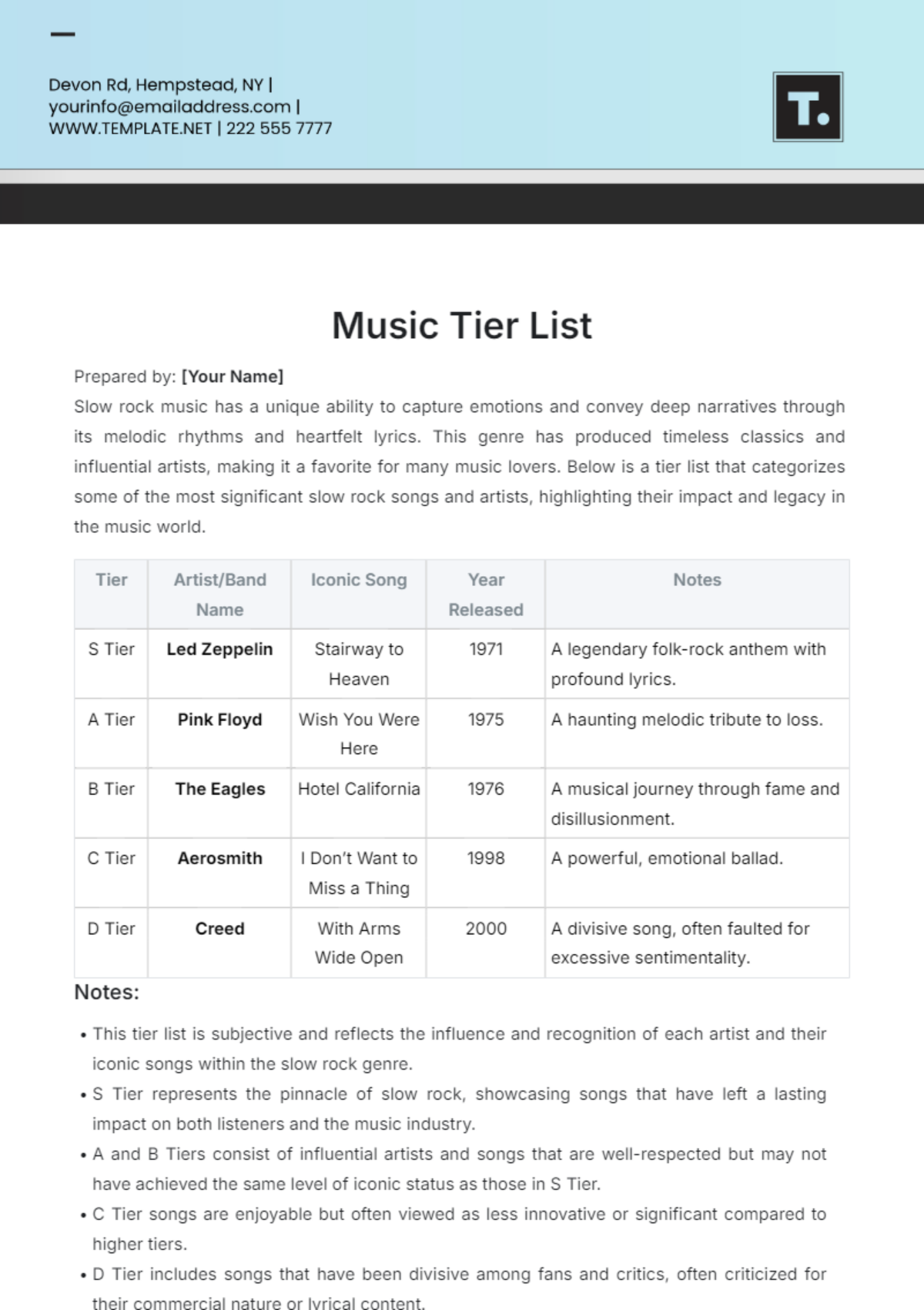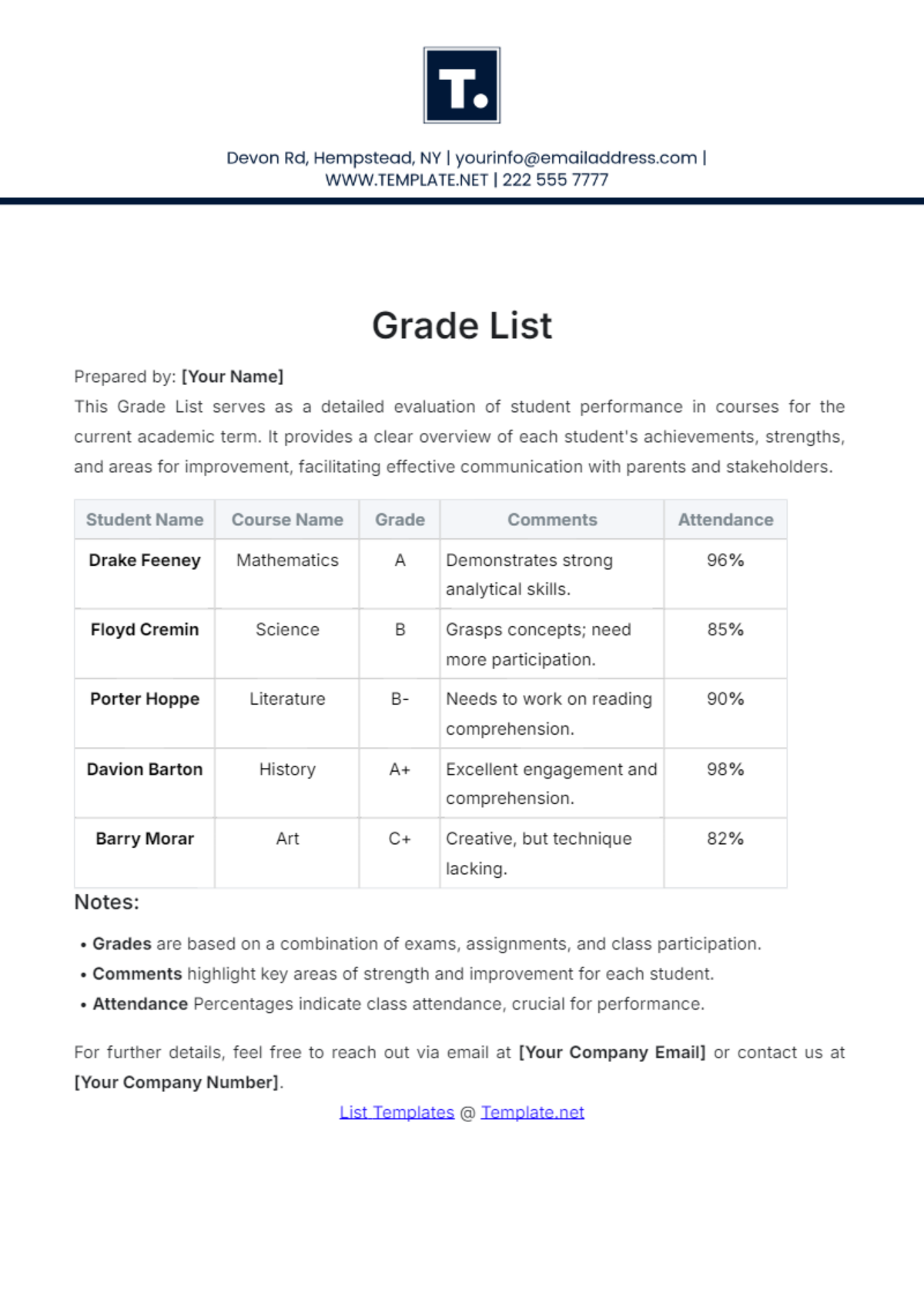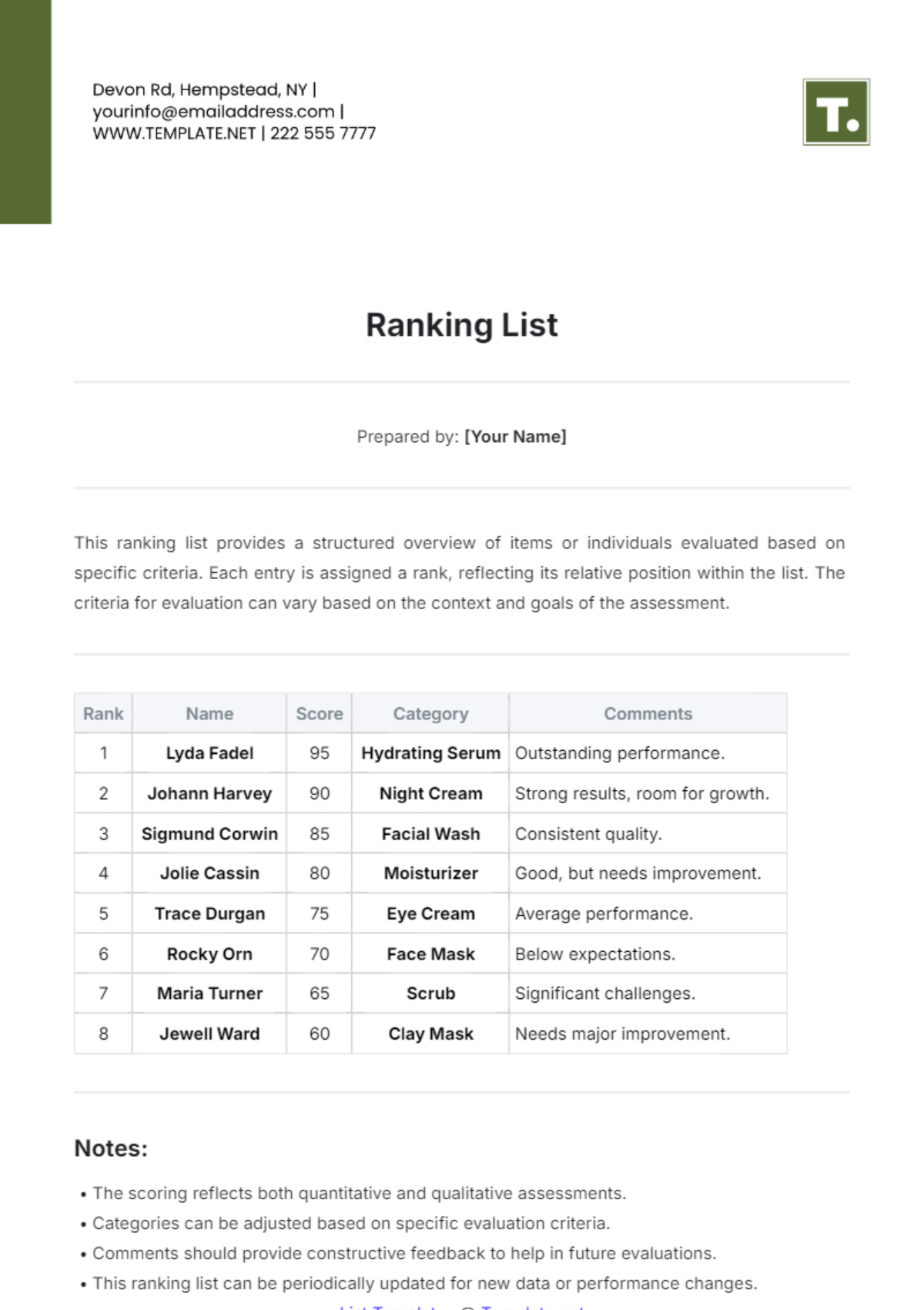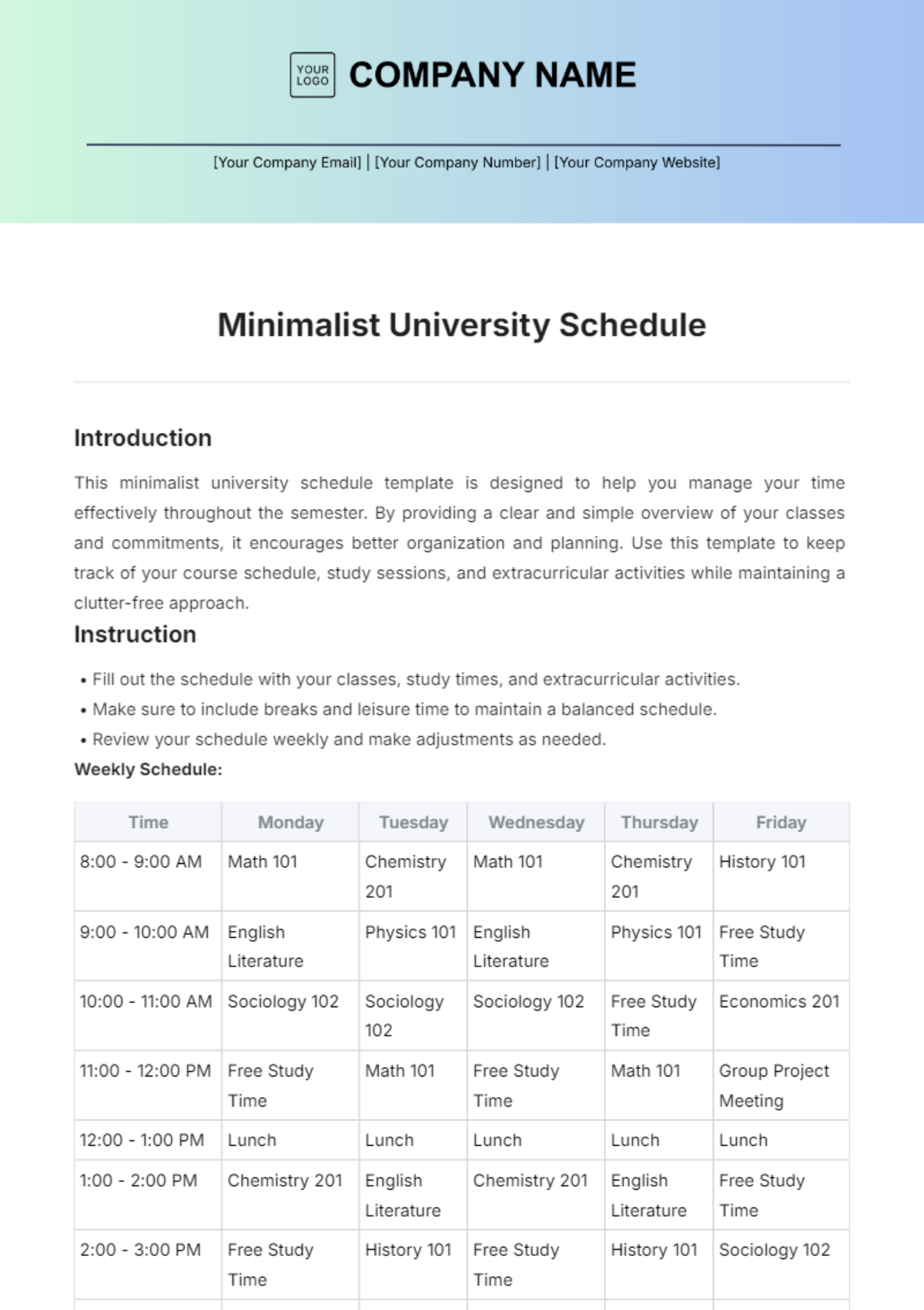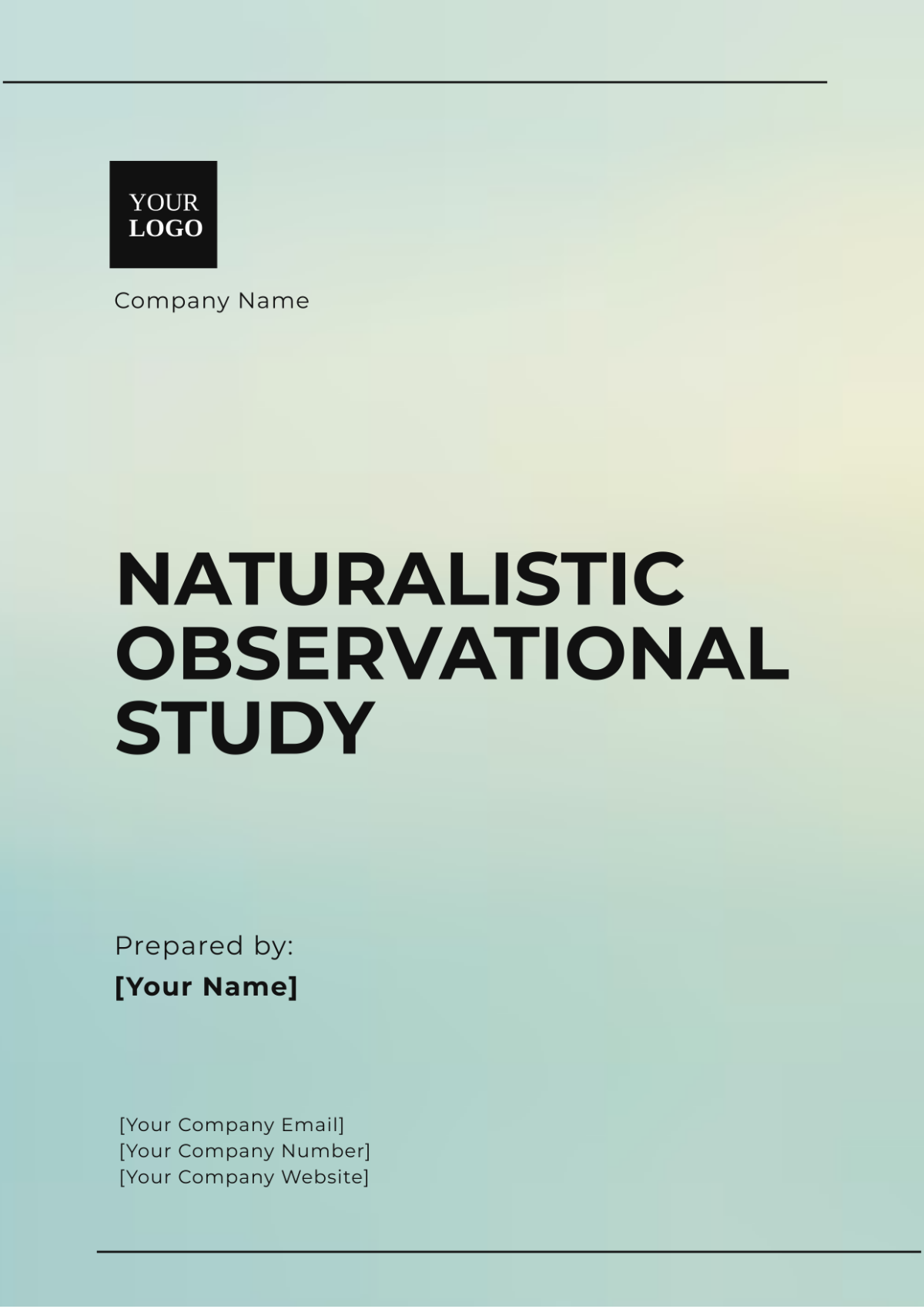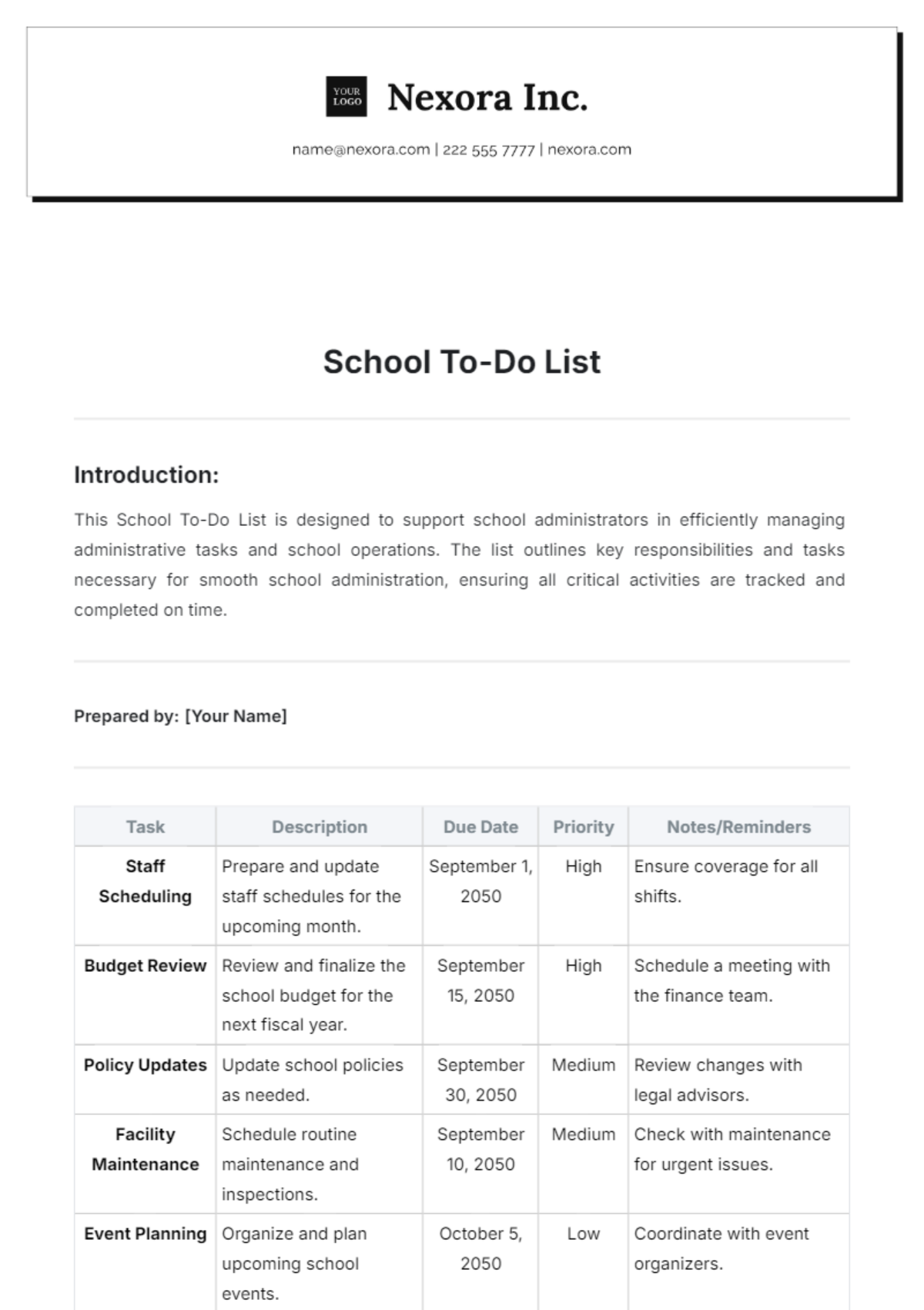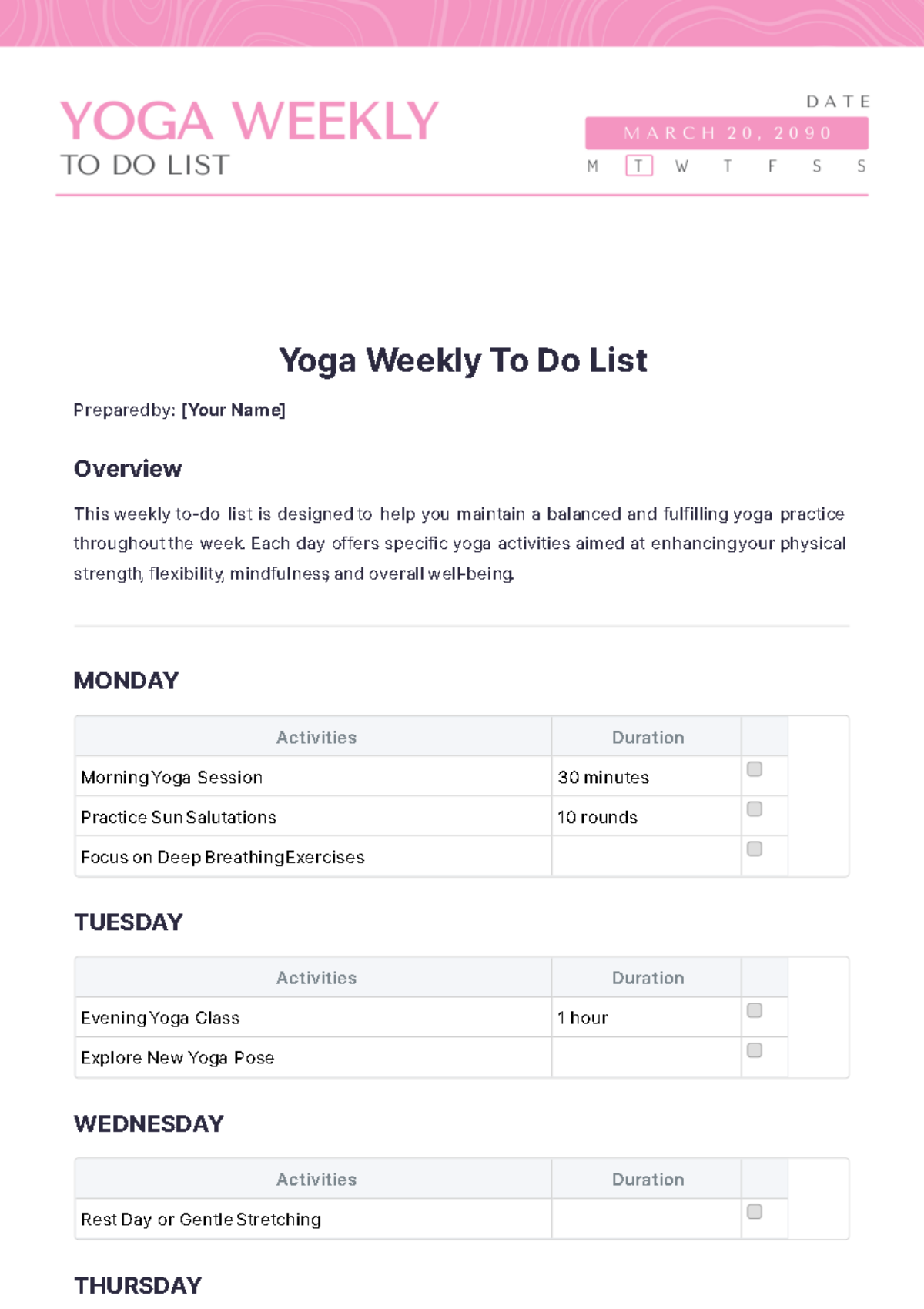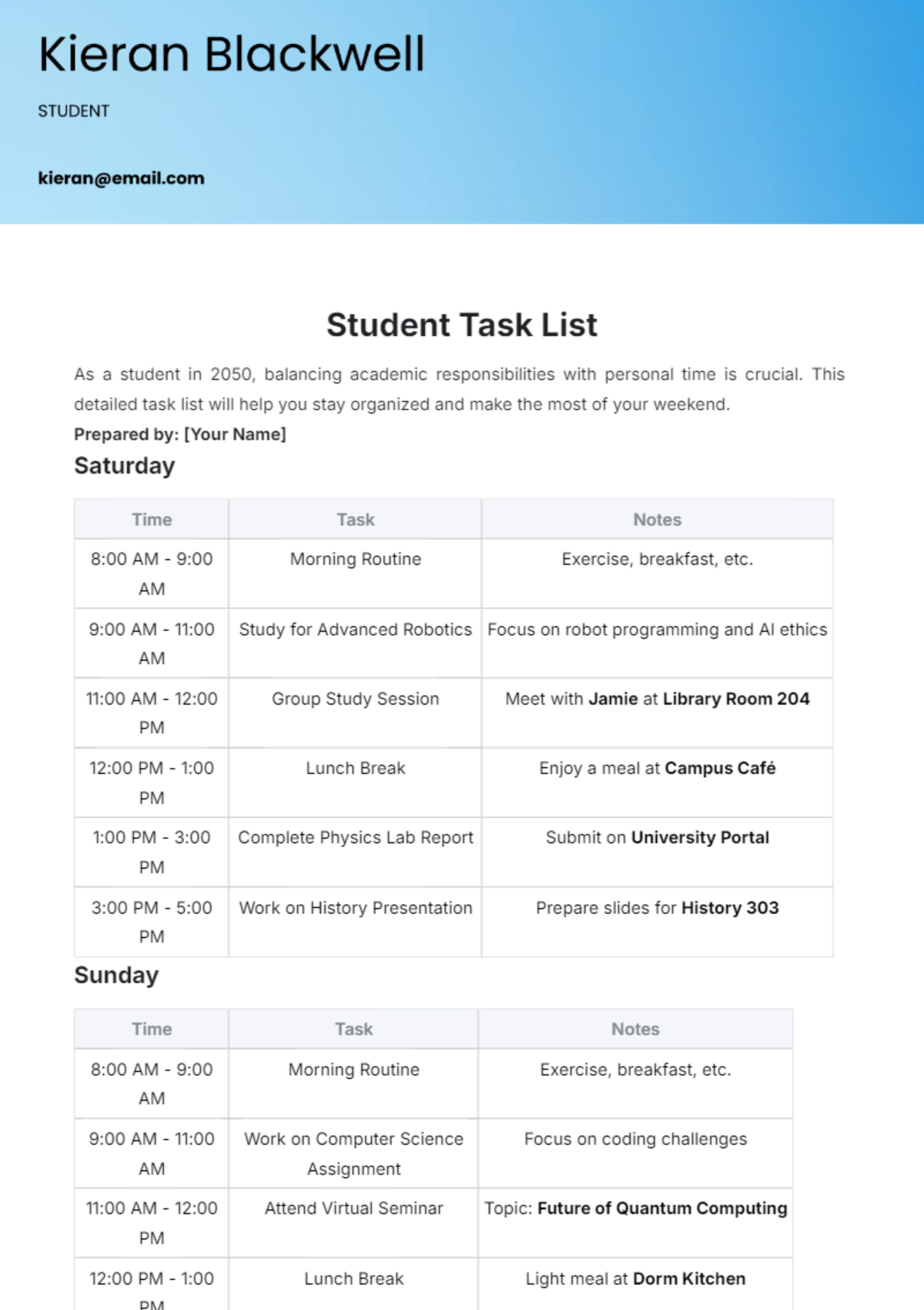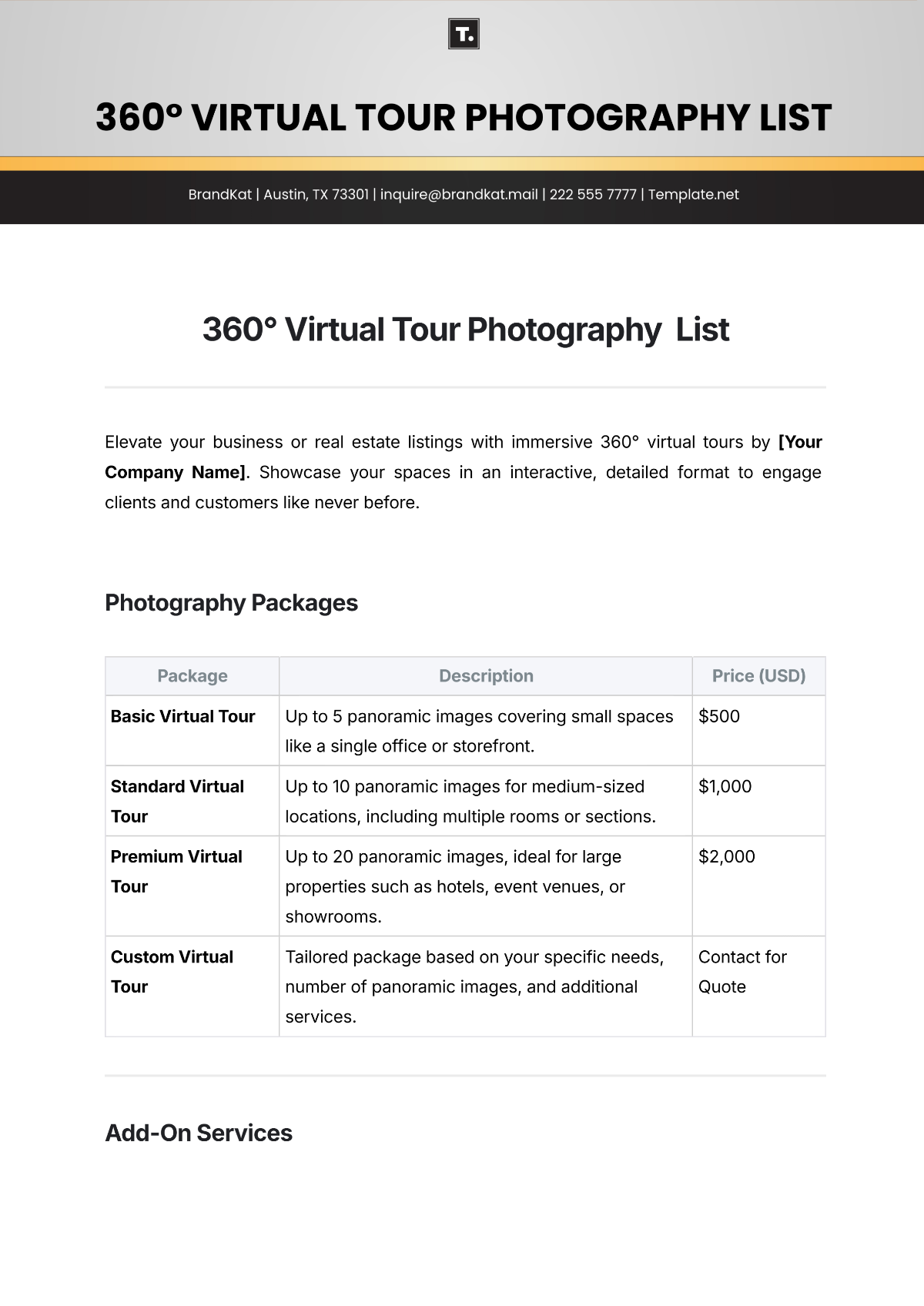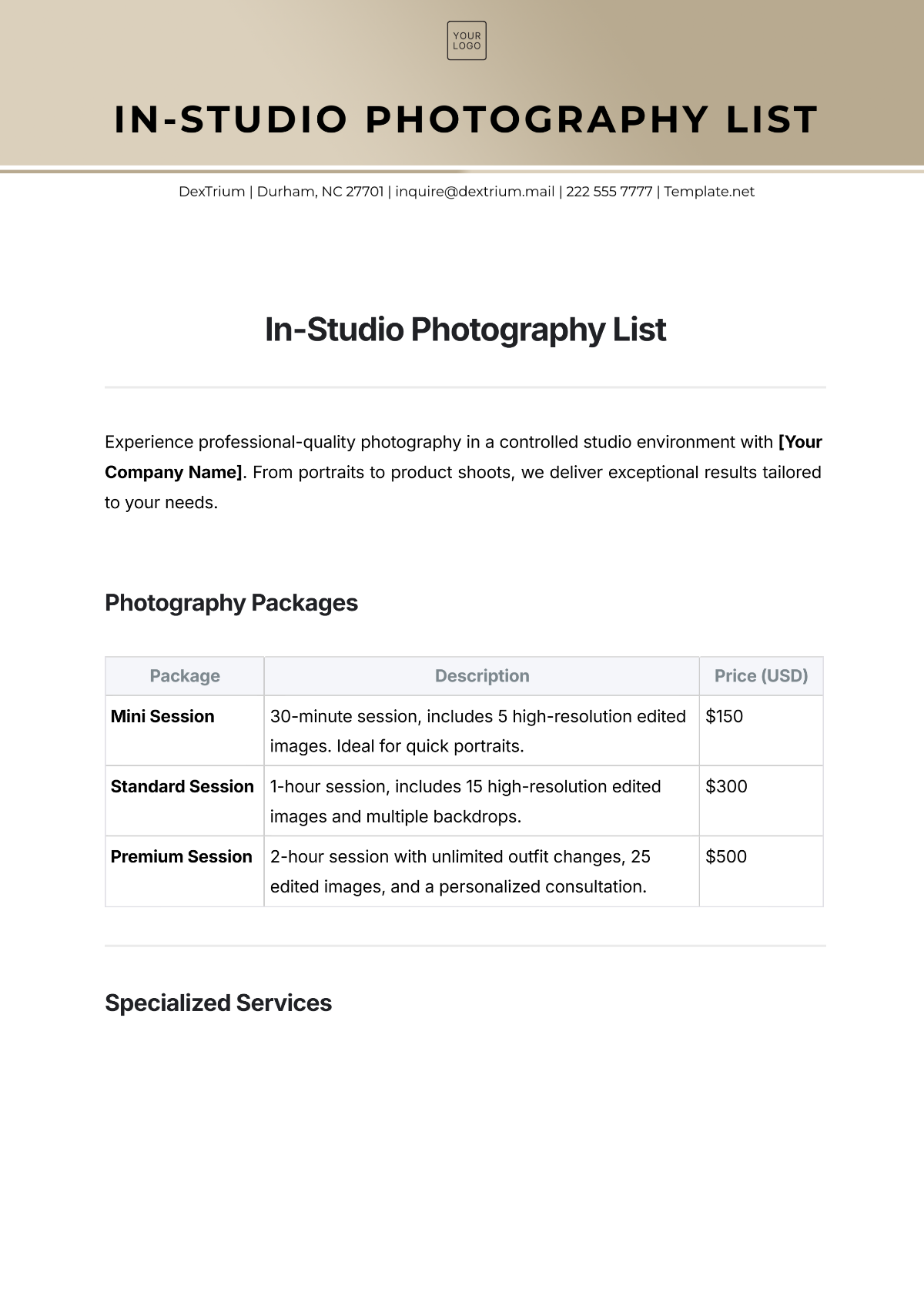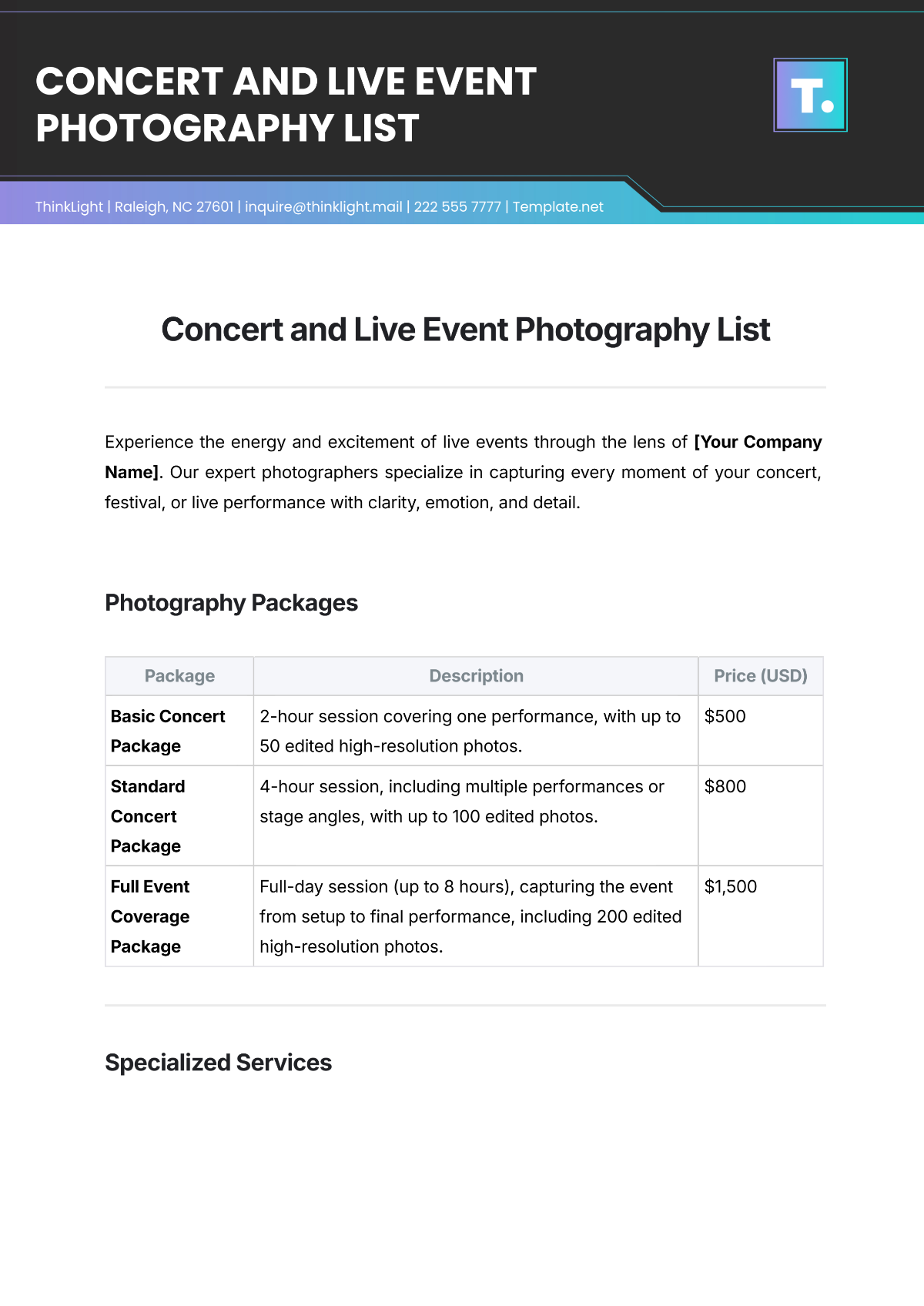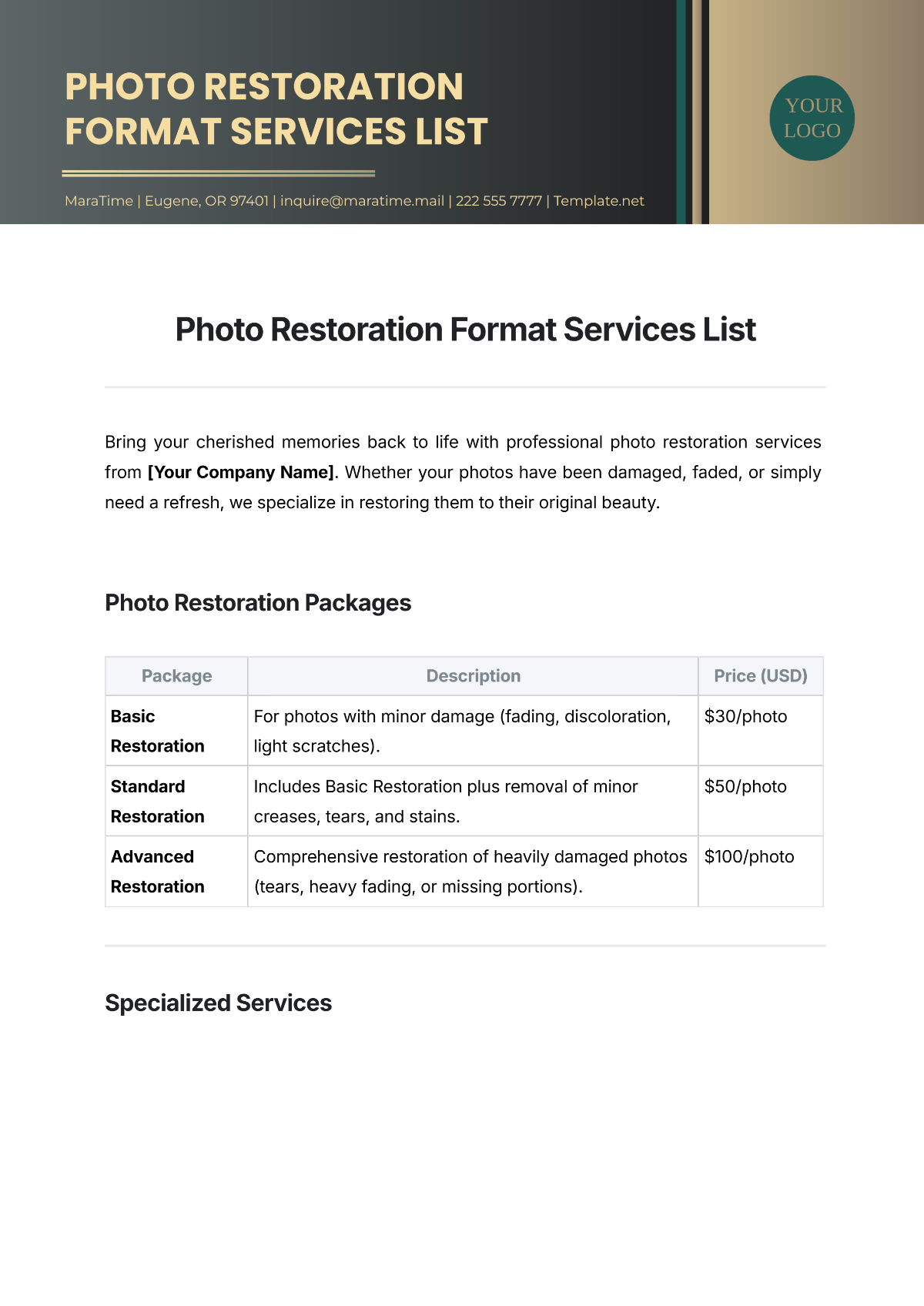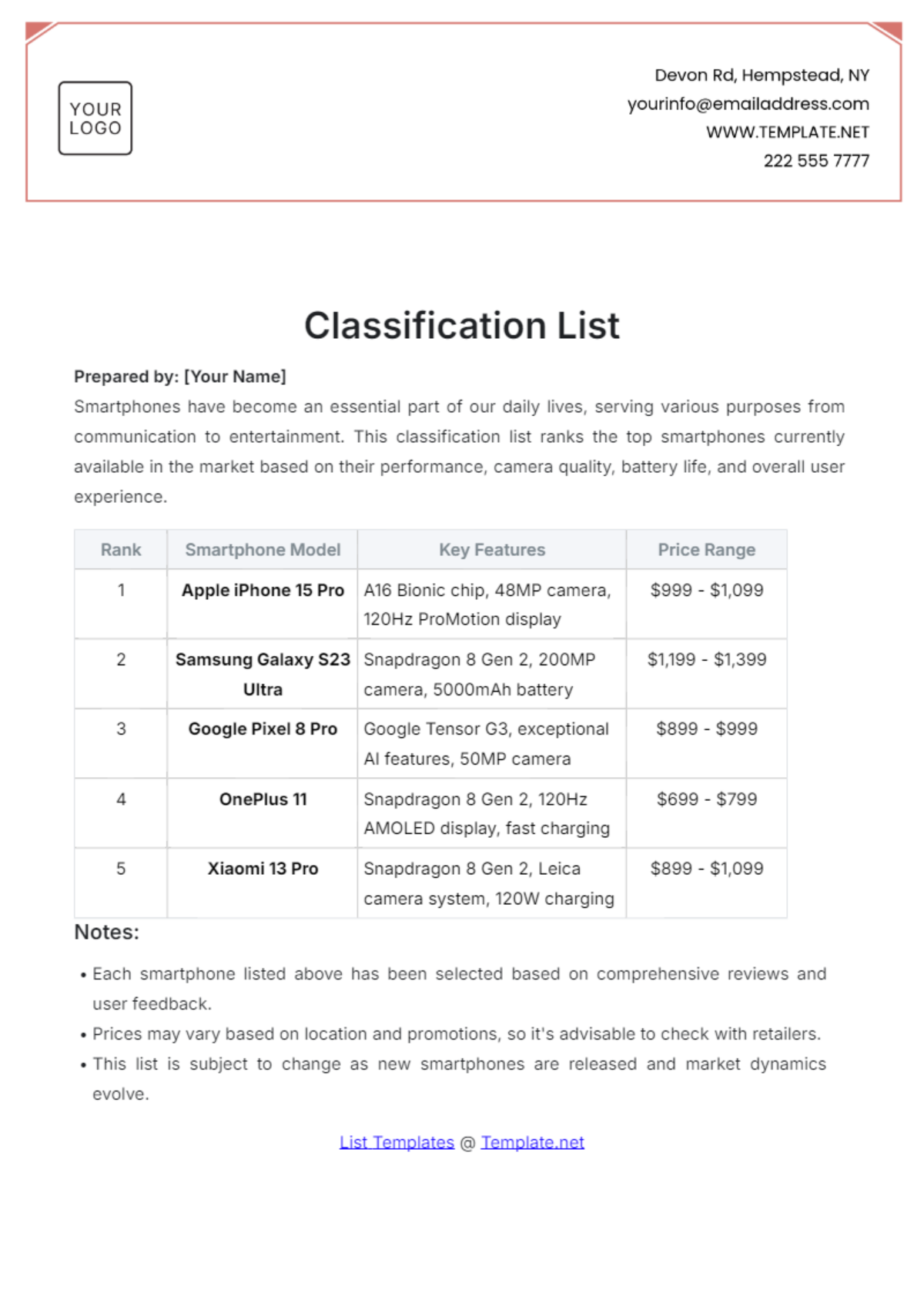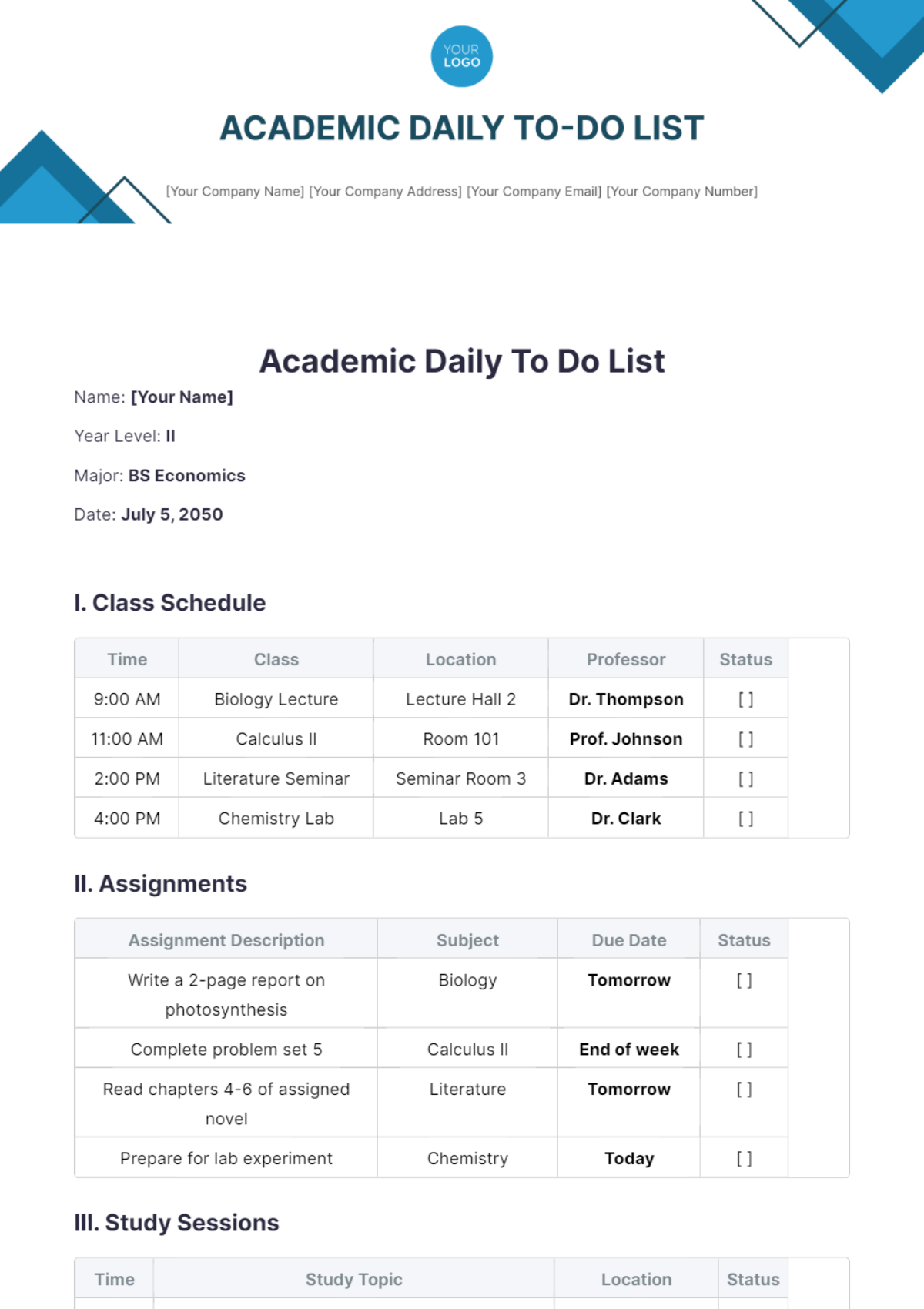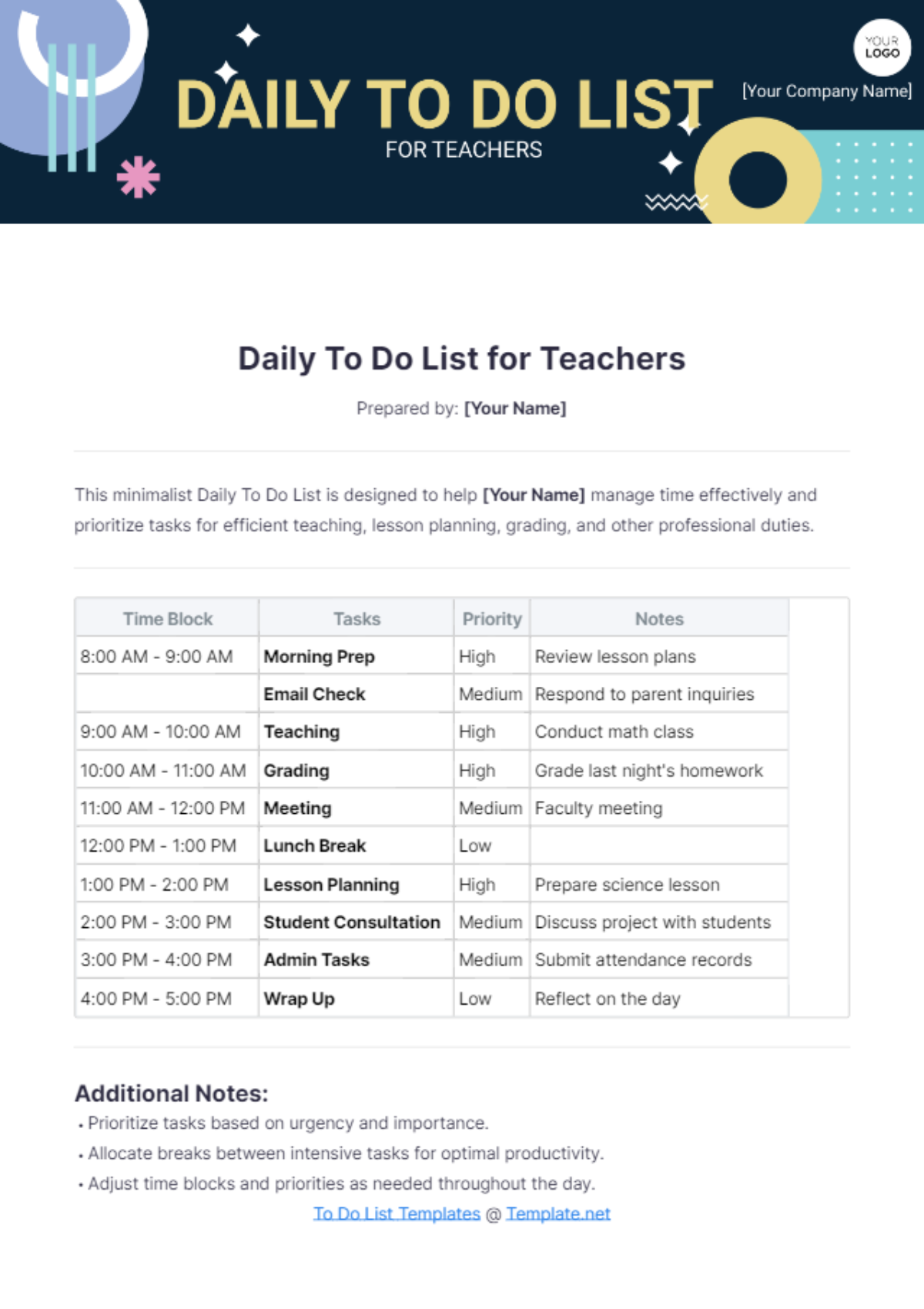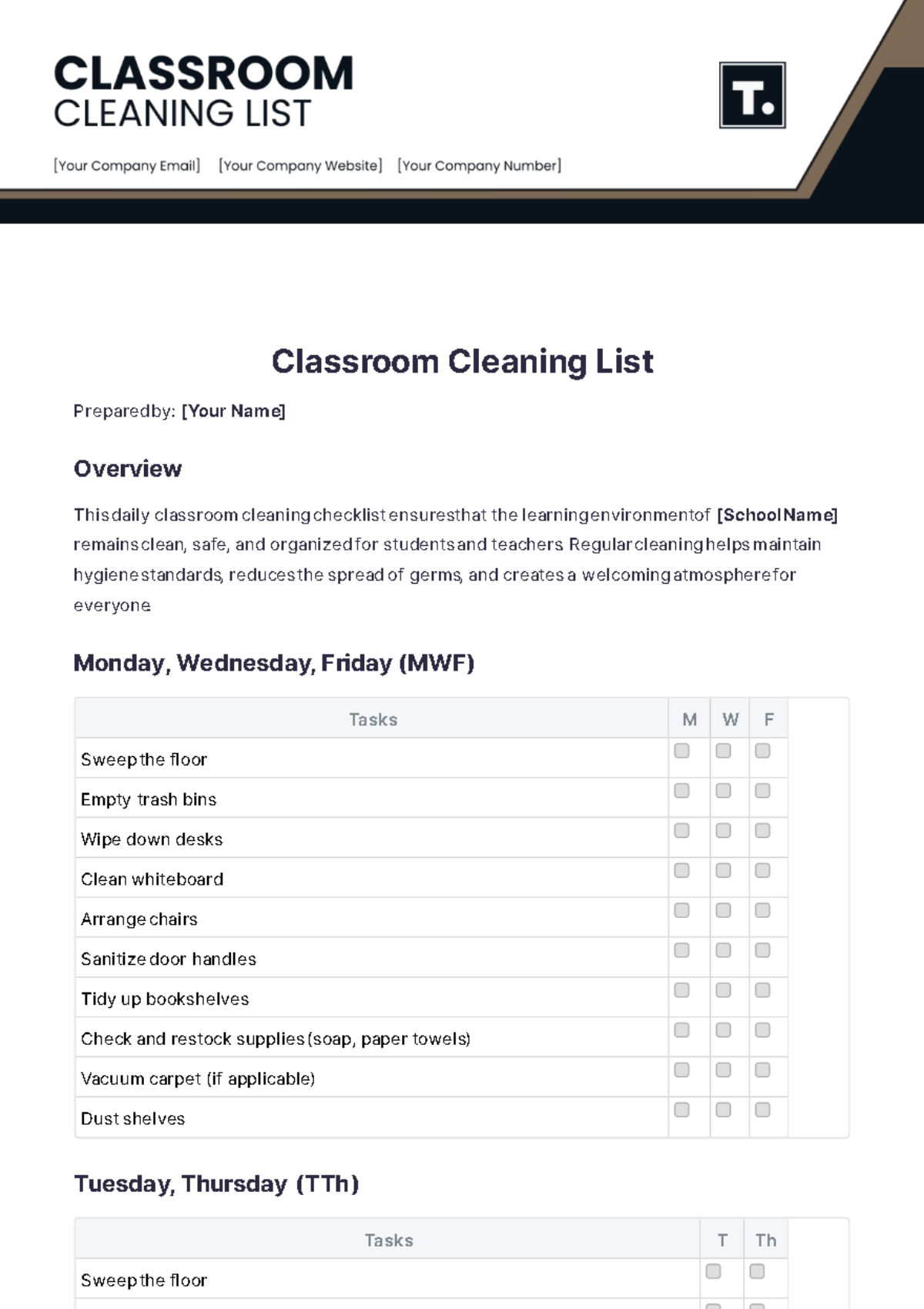Naturalistic Observational Study
Principal Investigator: [YOUR NAME]
Affiliation: [YOUR COMPANY NAME]
Date: [SUBMISSION DATE]
Introduction
Naturalistic observational studies are a vital research method used to collect data by observing subjects in their natural environment without manipulating or intervening in their behavior. This approach provides insights into behaviors, interactions, and phenomena as they occur spontaneously, offering a rich understanding of real-life settings. In this study, we explore the key components and benefits of naturalistic observational research, presenting an in-depth analysis through a structured approach.
Methodology
Study Design
Naturalistic observational studies are designed to observe and record behaviors and interactions in natural settings. The key components of this design include:
Observation Setting: The natural environment where the study takes place.
Subjects: The individuals or groups being observed.
Data Collection: The methods and tools used to record observations.
Analysis: The process of interpreting the collected data.
Observation Setting
The setting for a naturalistic observational study is crucial as it must reflect the real-life context of the subjects. Observations can occur in various environments, including:
Workplaces: To study professional behaviors and interactions.
Schools: To observe educational and social behaviors.
Public Spaces: Such as parks or shopping centers to understand social dynamics.
Subjects
Subjects in naturalistic observational studies are typically chosen based on their relevance to the research question. They are observed without their knowledge of the study to ensure natural behavior. Subjects may include:
Individuals: Single persons whose behavior is of interest.
Groups: Multiple individuals interacting in a social or organizational setting.
Data Collection Methods
Data collection in naturalistic observational studies involves several techniques:
Direct Observation: Scientists observe and document behavior as it occurs.
Video Recording: To capture detailed interactions and behaviors for later analysis.
Field Notes: Researchers take detailed notes on observed behaviors and interactions.
Table 1: Data Collection Methods
Method | Description | Advantages | Disadvantages |
|---|---|---|---|
Direct Observation | Real-time watching of subjects | Provides immediate data; low technology needs | Observer bias; limited by observer presence |
Video Recording | Use of cameras to record subjects | Allows for detailed analysis; repeatable | Requires equipment; potential intrusiveness |
Field Notes | Written records of observations | Flexible; allows for detailed descriptions | Subject to observer interpretation |
Analysis
Analyzing data from naturalistic observations involves:
Transcribing Data: Converting recorded data into text for analysis.
Coding: Identifying and categorizing themes or patterns in the data.
Interpreting Results: Understanding the implications of observed behaviors and interactions.
List 1: Key Steps in Data Analysis
Transcribe Observations: Convert field notes and recordings into a textual format.
Code Data: Assign codes to specific behaviors or themes.
Analyze Patterns: Identify trends or patterns in the coded data.
Interpret Findings: Derive conclusions and implications from the analysis.
Results
The results section provides a summary of the observed behaviors and interactions, highlighting key findings from the study. Examples of typical results might include:
Behavioral Patterns: Common behaviors observed among subjects.
Interaction Dynamics: Patterns of interaction between individuals or groups.
Contextual Influences: How the environment influenced behaviors.
Table 2: Example Results
Behavior | Description | Frequency | Contextual Factors |
|---|---|---|---|
Social Interaction | Frequency of social exchanges between subjects | High | Crowded public space; social event |
Work Efficiency | Performance levels in a workplace setting | Moderate | Office layout; team dynamics |
Learning Engagement | Student engagement in classroom activities | High | Interactive teaching methods |
Discussion
The discussion section interprets the findings of the study, considering their implications and relevance. It includes:
Implications for Theory: How the findings contribute to existing theories or models.
Practical Applications: How the results can be applied in real-world settings.
Limitations: Acknowledging any limitations of the study, such as observer bias or environmental constraints.
Conclusion
Naturalistic observational studies offer valuable insights into behaviors and interactions as they occur naturally. By observing subjects in their real-life environments, researchers can gain a deeper understanding of various phenomena, providing a foundation for further research and practical applications.
References
Angrosino, M. (2007). Doing Ethnographic and Observational Research. SAGE Publications.
This book provides an overview of ethnographic and observational research methods, including practical advice for conducting naturalistic observations.
Bailey, C. A. (2007). A Guide to Qualitative Field Research. Pine Forge Press.
Bailey's guide offers detailed instructions on conducting qualitative research, including observational studies in natural settings.
Cohen, L., Manion, L., & Morrison, K. (2018). Research Methods in Education (8th ed.). Routledge.
This textbook covers a range of research methods in education, including observational techniques and their applications.




